Wap Welcome to visit Love Fishing
Spring enters the peak season for fishing, and the fish that have hidden a winter begin to become active, but nowadays, only small fish can be caught, and large fish rarely bite the hook.
When facing positive fish situations, of course, it is better to use thicker lines, but the opening of small fish is too small, and thick lines are easy to block the mouth; however, if you use thin lines, the fish will eat bait too fiercely and easily tangle the line.
In fact, this problem is not only in spring and summer. Fish seem to be able to see the thickness of the fishing line. If it is a thin line, it bites the hook, and if it is a thick line, it flees far away.
How to solve this situation? Let’s share some methods with fishing friends, and the actual tests are effective.
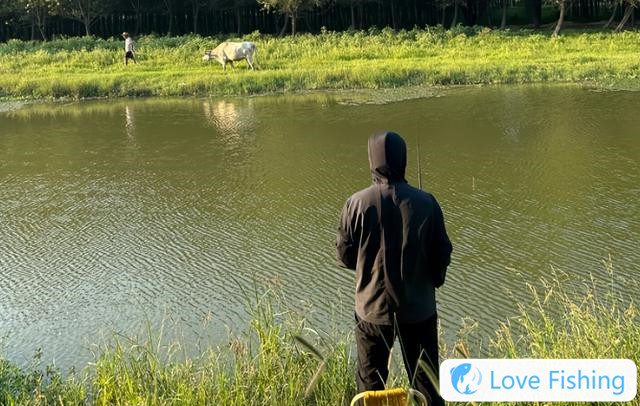
First, make sure there are fish in the nest
At first I used thin lines, but the fish didn't bite the hook for a long time. Occasionally, one fish broke, so I quickly changed to the thick lines, but then I didn't have a bite.
This situation is not uncommon. After encountering it a few times, you will think that using thin lines will lead to mouth, but it is easy to escape fish; using thick lines but no mouth may be caused by thick lines blocking the mouth.
Using thin lines will break the line and run the fish. This is a fact. The fish entering the nest is relatively large in size, and it is normal for the fishing line to run away. But can you be sure that after changing to thick lines, the fish bites the hook because it blocks the mouth?
If you find that there are waves of fish swimming in the nest after changing to thick lines and the float moves from time to time, it may be caused by the thick lines.
If you change the thick line and find that the nest is very quiet and the float does not move, it is most likely that it is because of the dead nest caused by the previous fish running. If there is no fish in the nest, there will naturally be no mouth.
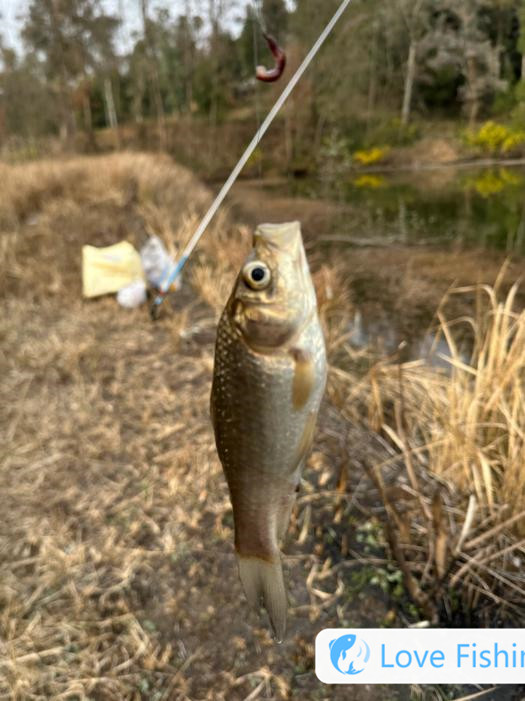
If you have to change the fishing spot if you are dead, what should you do if the line is too thick to block the mouth?
The characteristic of wild fishing is uncertainty. If you don’t know how big the next fish biting the hook is, there is no perfect line group, and of course there is no big and big fishing line.
Therefore, you can only choose similar line groups based on the previous fish situation. After the big fish bites the hook, use reasonable matching and fishing techniques to minimize the short-term running of fish.
Use soft rods and long rods. The soft rod has more protective lines, and the long rod can increase the radius of the fishing fish, which is very effective for fishing large fish. However, the soft rod and long rod return to the fish is very slow. If you catch crucian carp in spring, if the fish condition is good, you should still use a harder fishing rod in order to improve fishing efficiency. The relative fishing line can be thicker, and the thick line will not block the mouth at this time.
Don't hit the full pole. Running the rod is a bad habit of many fishermen. It has two disadvantages: one is that it causes the fish to fish further and further. After fishing for a while, you will find that the fish is thrown in front of your hook. If you want it to bite the hook, you can only throw it away to the distance until it cannot reach it; the other is that it is thrown in full. It is difficult for a big fish to quickly lift the fishing rod after biting the hook, which is easy to form a tug-of-war with the fish. The fishing rod cannot remove the force, and the tension is concentrated on the fishing line, making it easy to tangle the line.

The number of sub-line and main line is close to or uses a line. The thickness of the sub-line and the main line is different, and the strength is too uneven. In addition, the tension value of the fishing line is lower when knotted. Therefore, the number of sub-line and main line can be close or the line can be directly connected with a single hook. However, if the bottom of the fishing water is complicated and the bottom is often problematic, you cannot do this.
Practice the rod lifting skills. Many times the line is broken because the method of lifting the rod is not standardized. I found that the fish bite the hook and lift the rod up to the water surface. The fish can easily tangle the line after leaving the water surface. The rod should be lifted quickly but the amplitude should be small. Exercise more force from the wrist and lift it up for 20 or 30 centimeters. Let the hook pierce the fish lip while not coming out of the water below the lead sinker. This can greatly reduce the situation of broken line and running the fish.
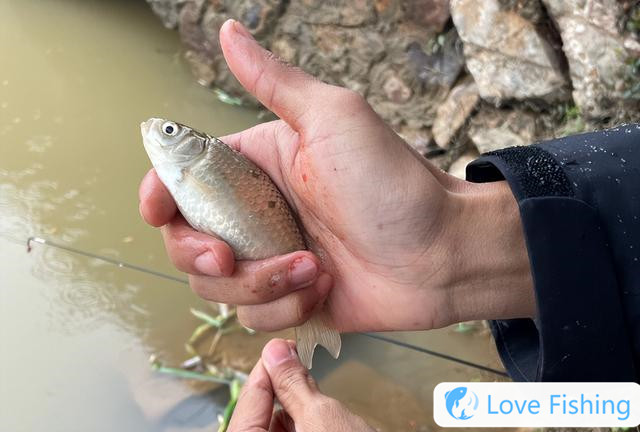
As the temperature rises, the fish becomes more and more active and the mouth becomes more and more fierce. Therefore, there is often no need to worry that the fishing line will block the mouth when it becomes thicker. When you enter mid-spring, you will find that the small white strips can also be dragged and ran away. Therefore, when fishing in the wild, you can use a slightly thicker fishing line and match it with a small hook, but the hook should be strong.
You can catch a blunt fish when adjusting the float. If a big fish bites the hook and grabs the mouth to prevent the hook from just hooking the edge of the fish's mouth and causing the fish to run away.
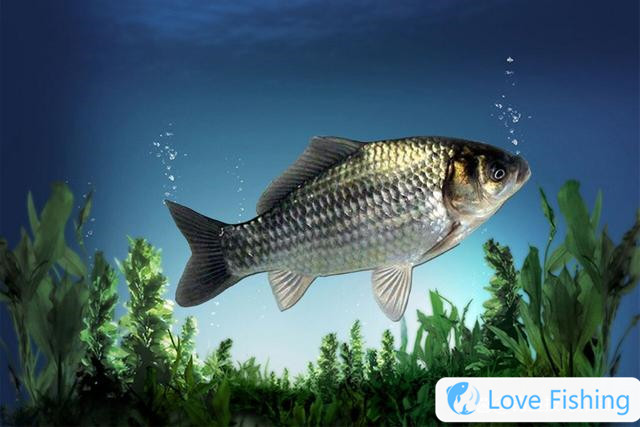 When Will Crucian Carp Open Their Mouths? The Four
When Will Crucian Carp Open Their Mouths? The Four 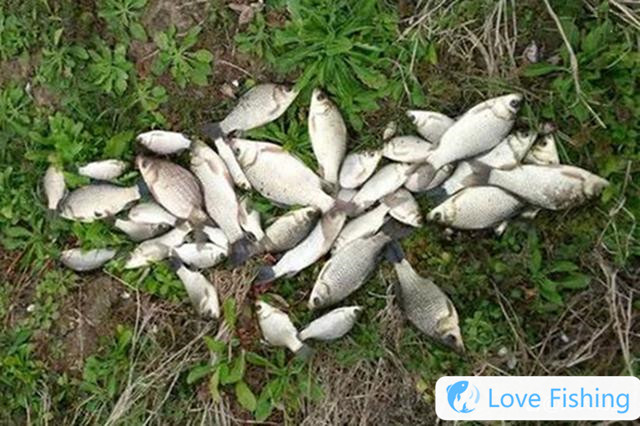 Fishing In The Middle Of The Spring, Although The F
Fishing In The Middle Of The Spring, Although The F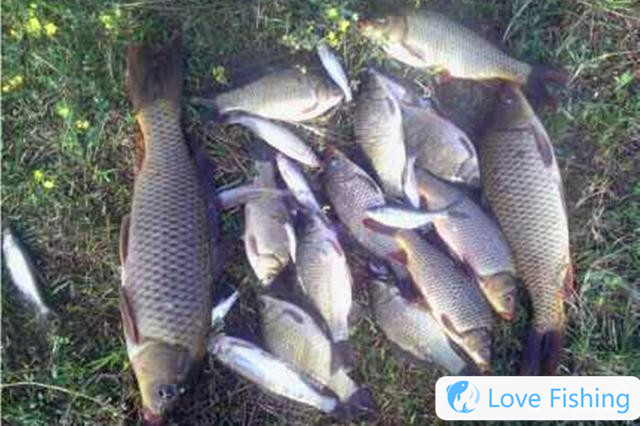 In Spring, Fishing For Carp In Wild, Find 4 Classic
In Spring, Fishing For Carp In Wild, Find 4 Classic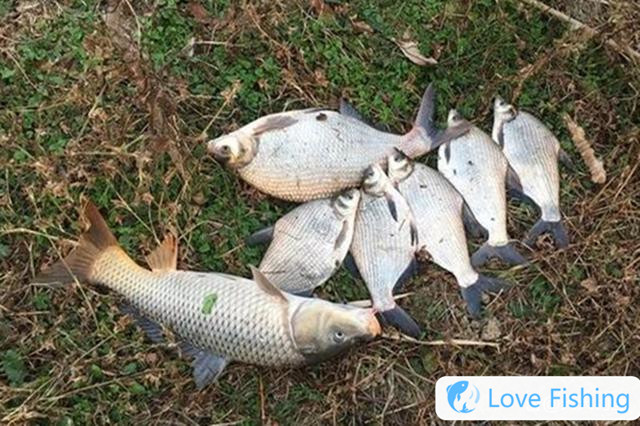 Wild Fishing Position Selection Skills: Choose Diff
Wild Fishing Position Selection Skills: Choose Diff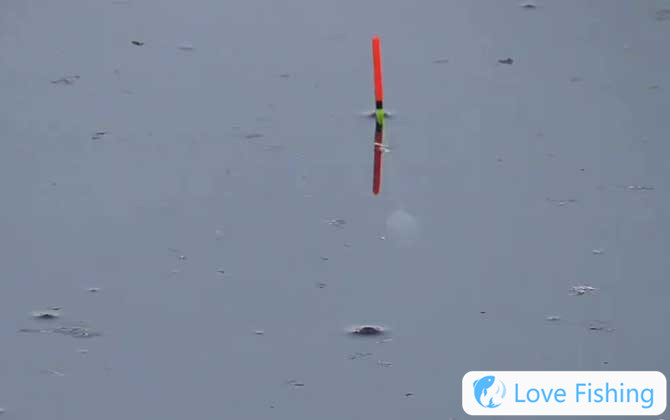 Fishing At The Bottom Or Floating In The Cold Weath
Fishing At The Bottom Or Floating In The Cold Weath How To Catch Slippery Carp? 5 Foraging Characterist
How To Catch Slippery Carp? 5 Foraging CharacteristAbout us| Privacy Policy| Contact Us
Copyright © 2023-2030 Copyright@Love Fishing XML map